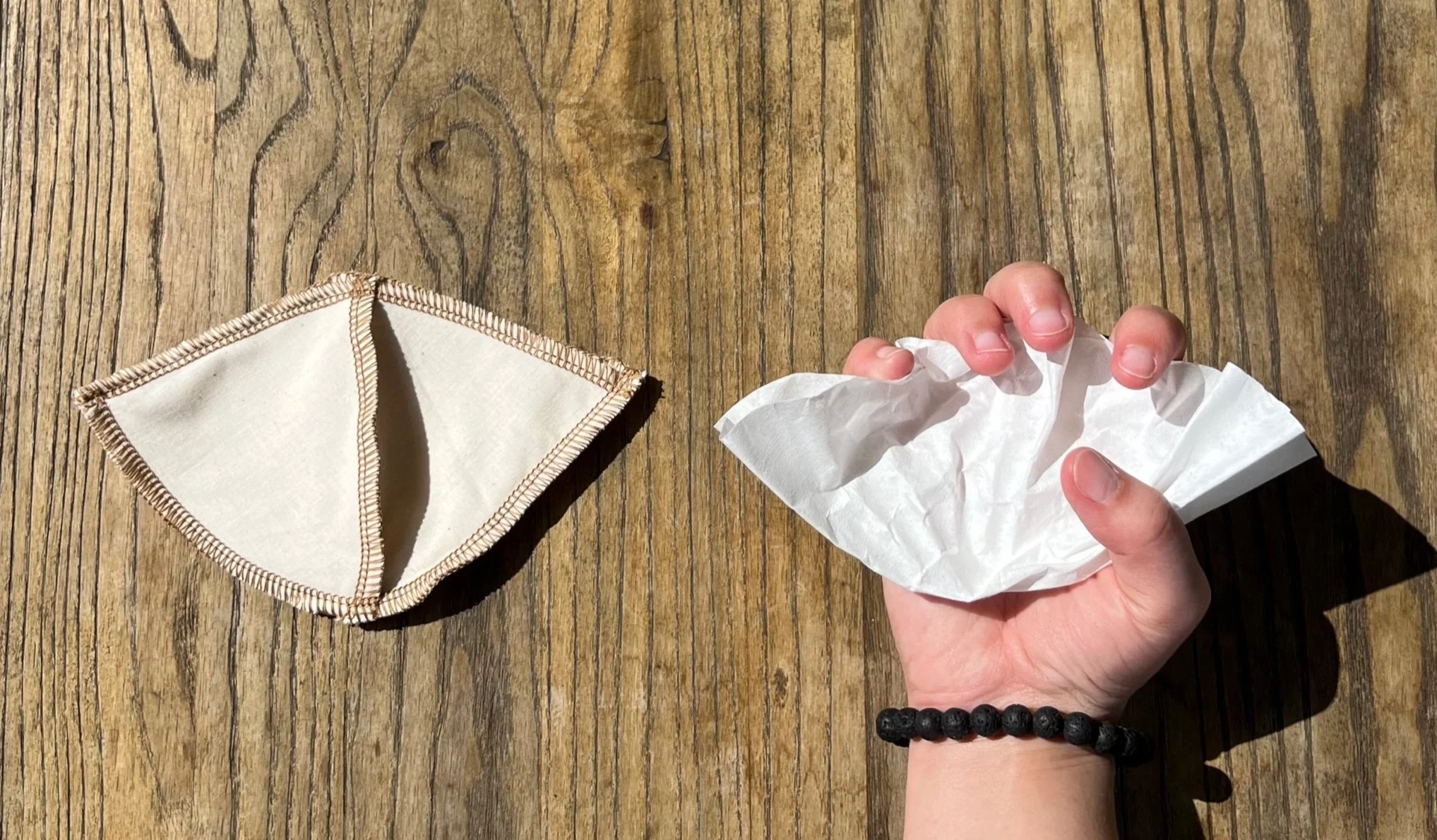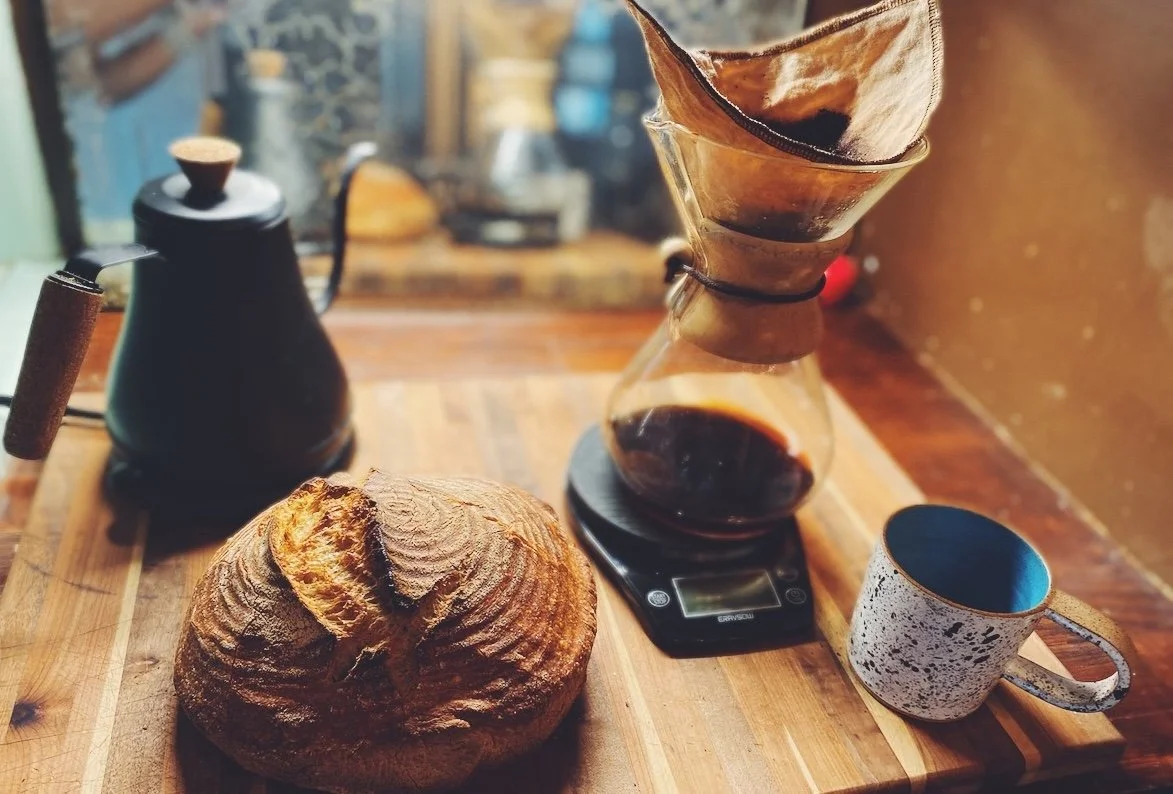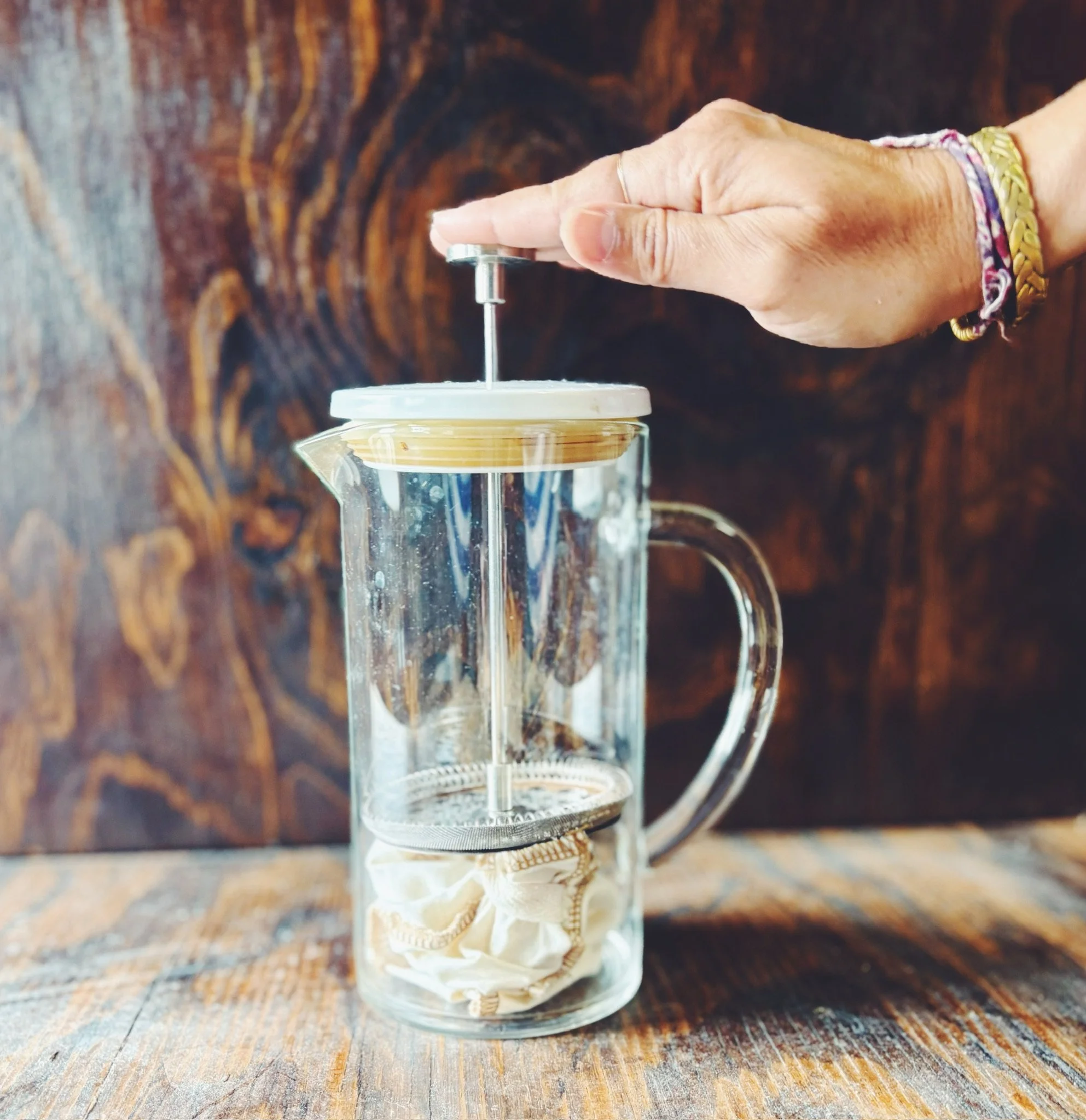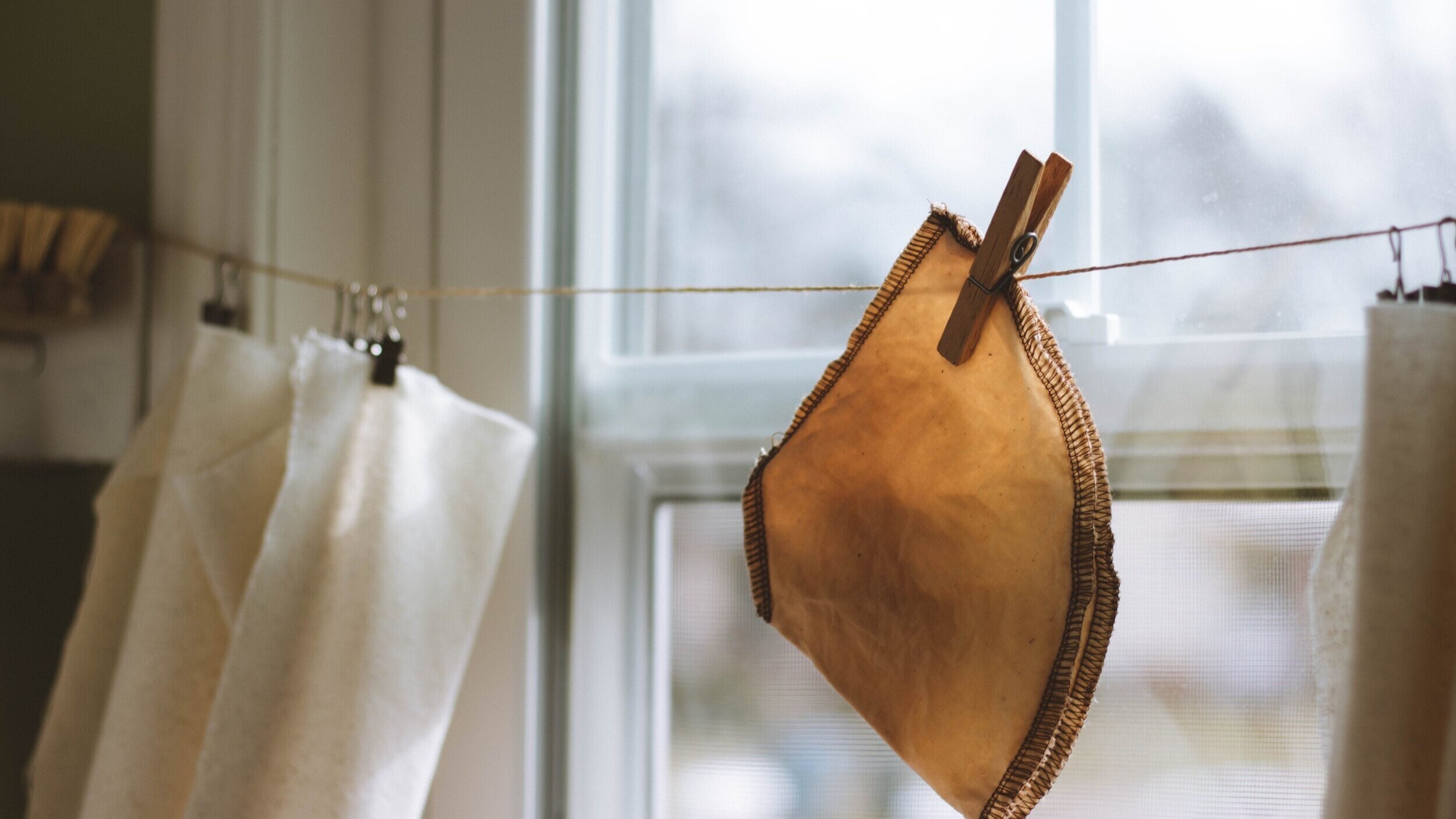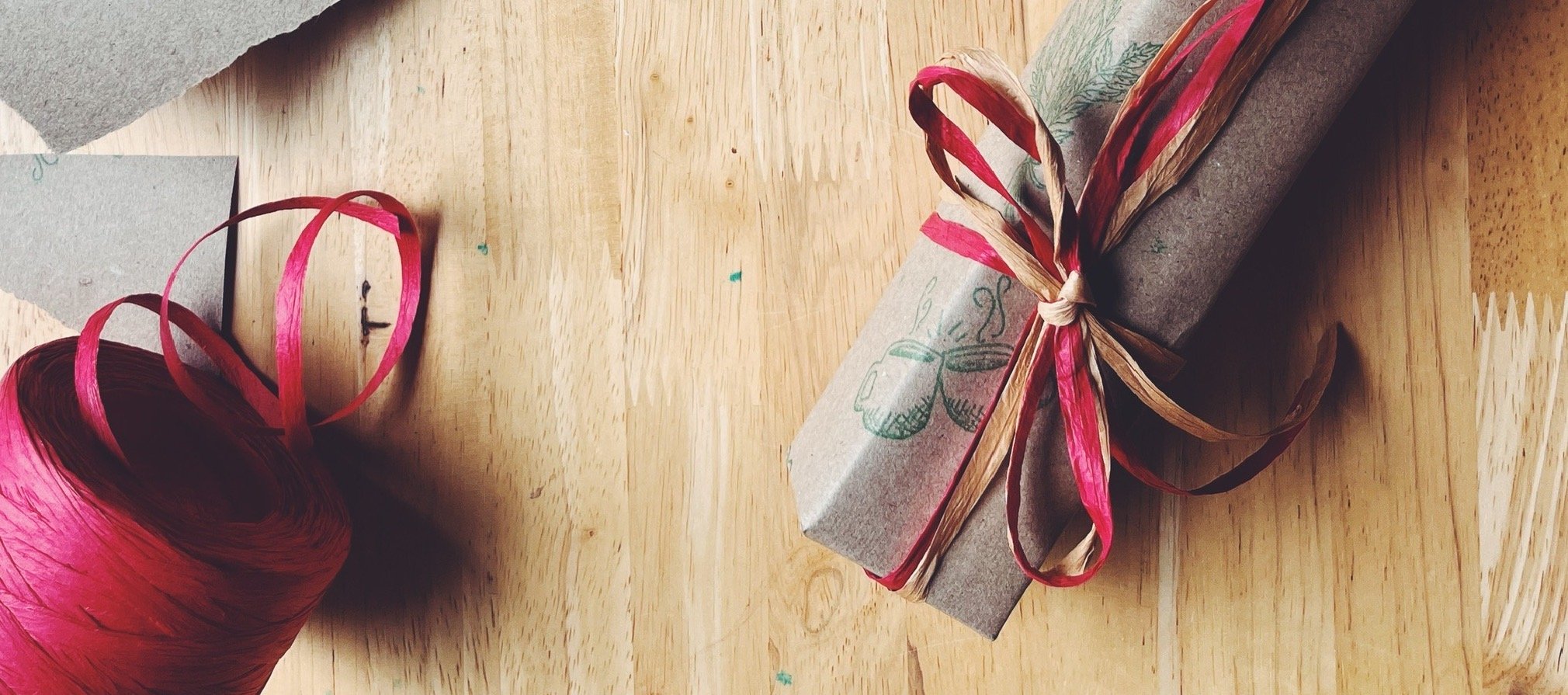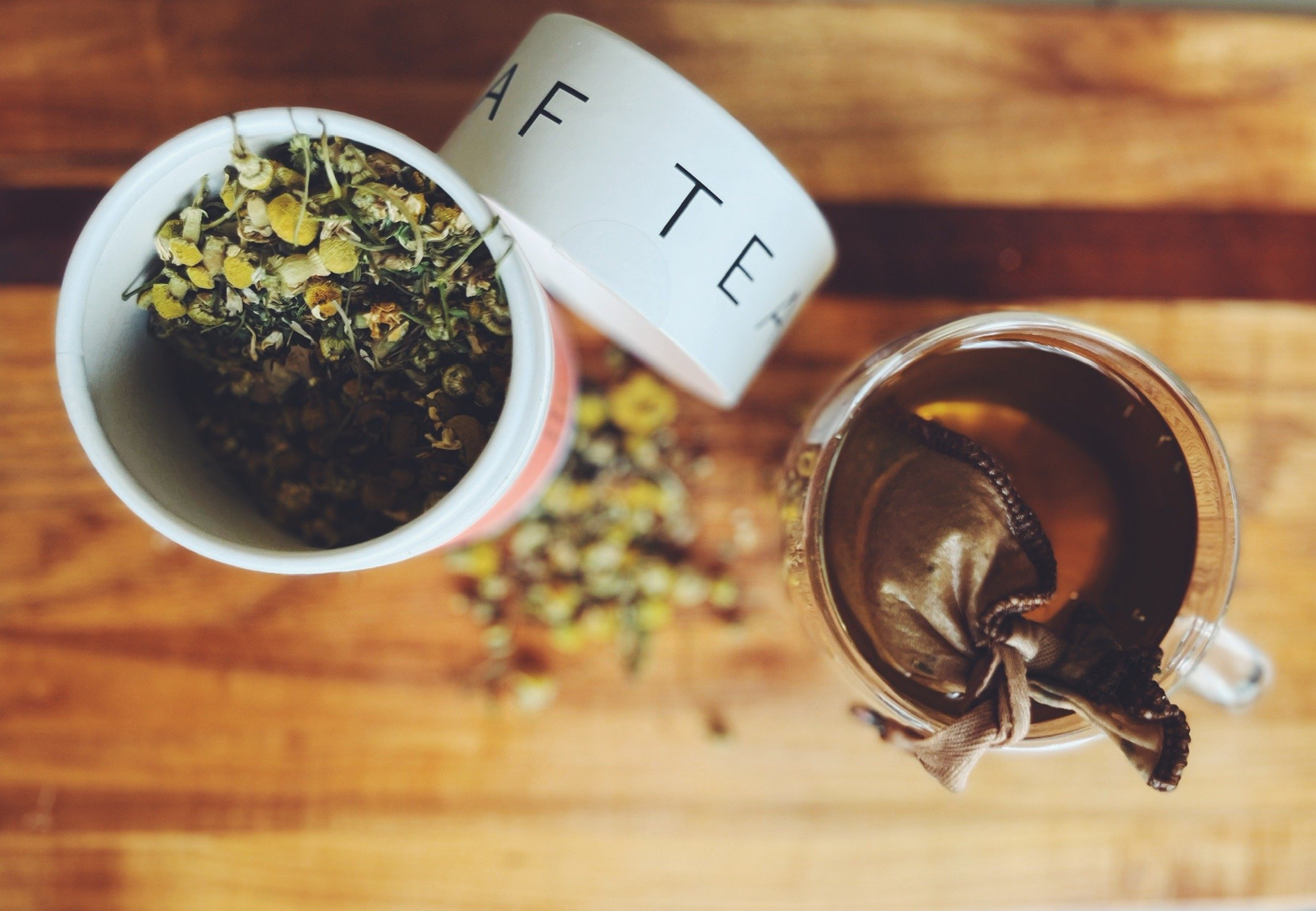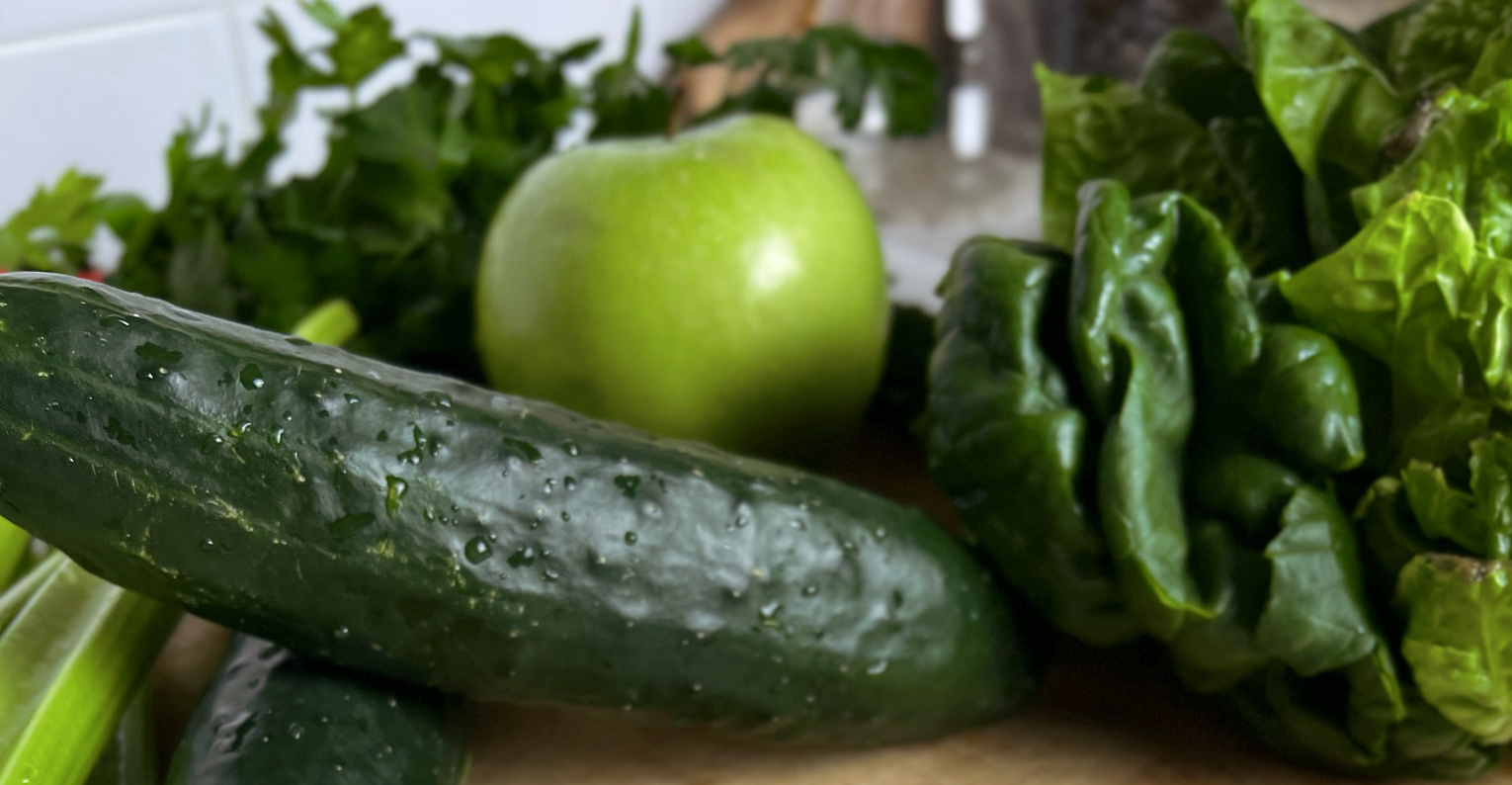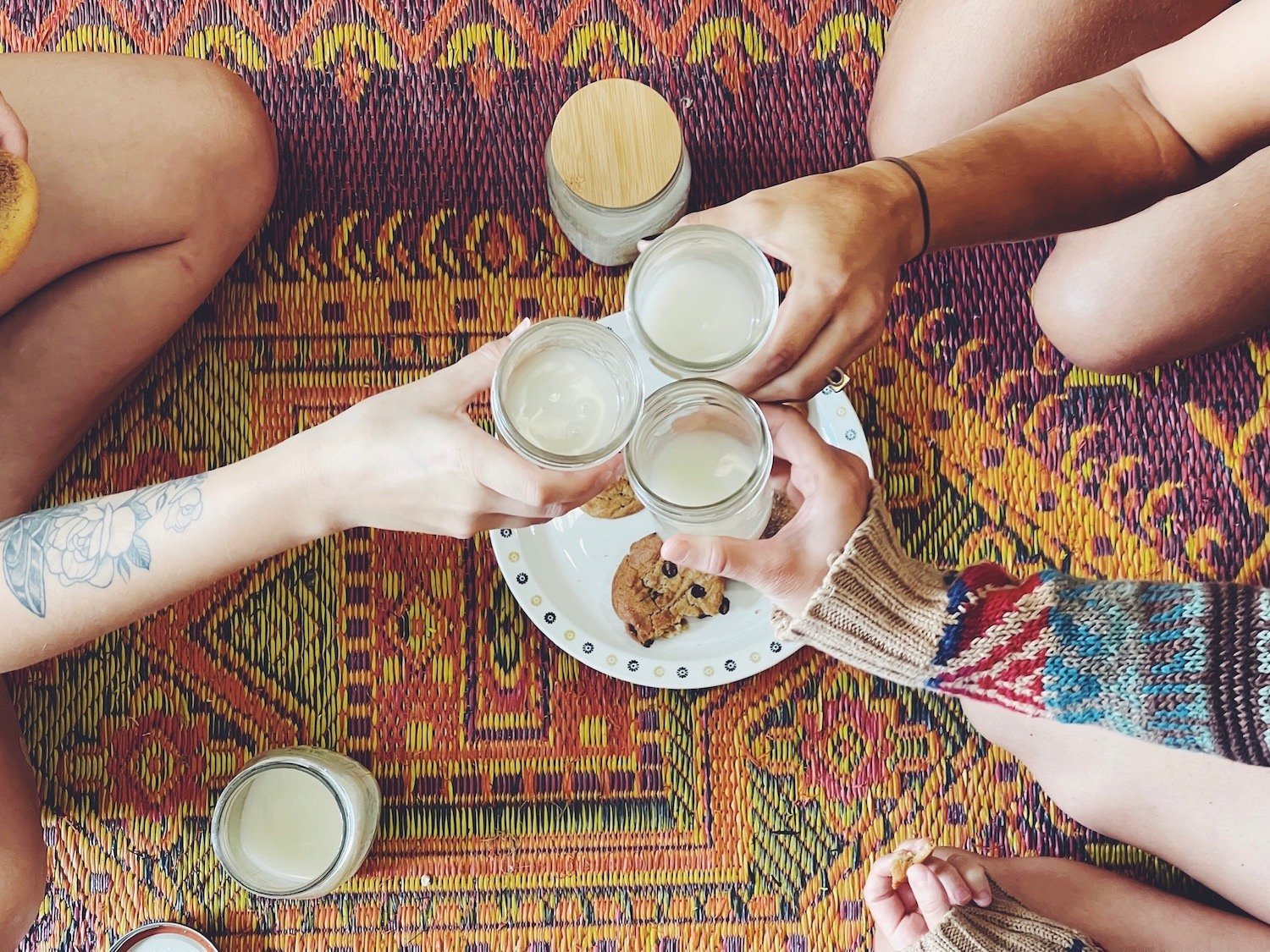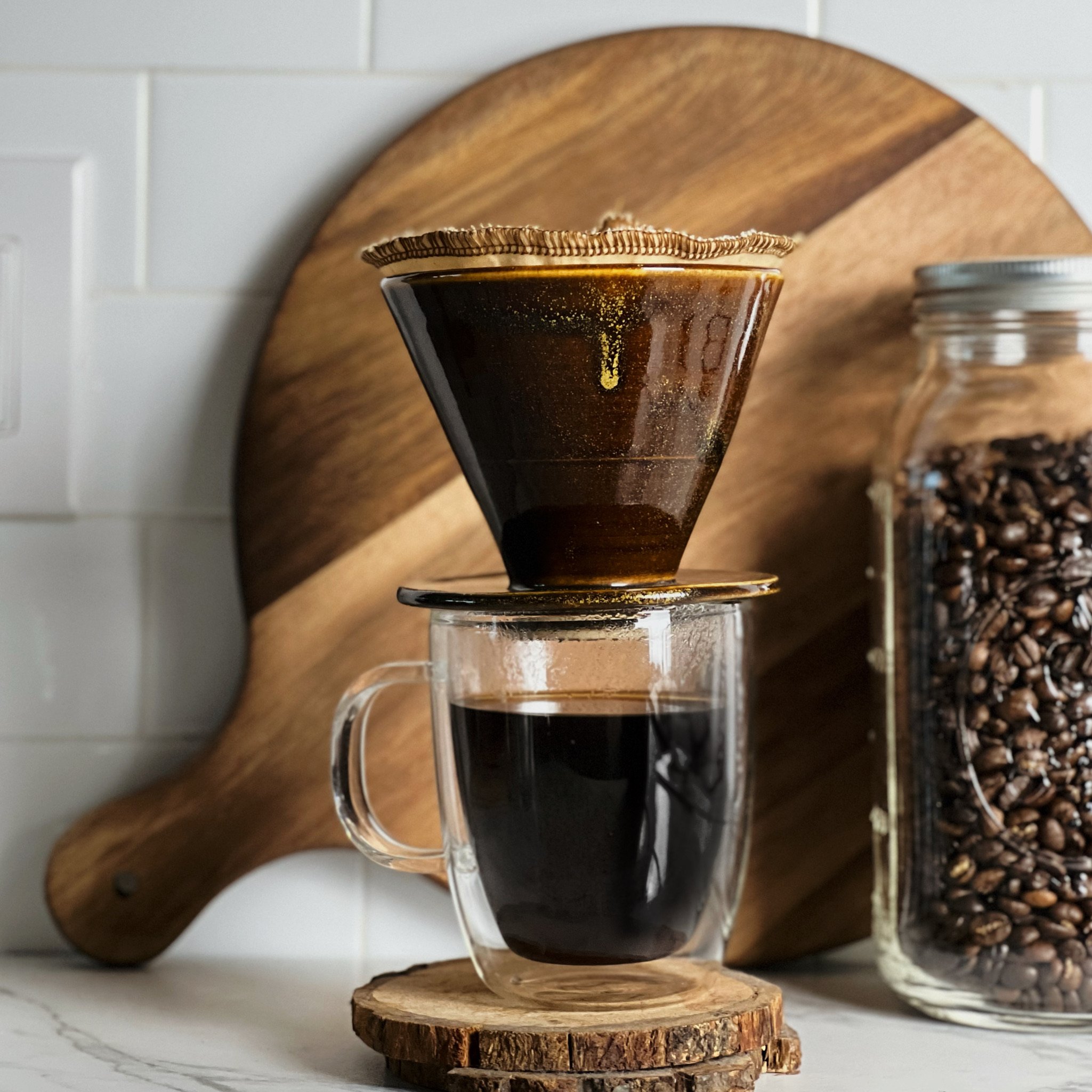The Sock Life Blog
How much of what we consume began its life as a tree? Are paper products more or less sustainable than cotton? What are the real costs associated with both paper and cotton? This article does the deep dive and compares the upfront and long term costs of both paper and cotton.
From the practical, to the transformational, to the communal—our kitchens can be sites where we practice the kind of self and community care that makes a difference in a world that needs to change. Nourish the body and soul, support the environment, save money, unplug from screens, and build community. That's the power of the kitchen.
Here’s how a simple cotton coffee filter can make your French press coffee smoother, cleaner, and healthier.
It’s summer and the gardens are thirsty. They love water, of course. But they also love an occassional tall glass of herbal tea. Only, instead of brewing up some campomile or mint, try making tea for your garden by brewing compost. This “compost tea” will boost your soil and fortify your garden. And it’s not nearly as messy as it sounds. We’ll show you how.
Bees and other pollinators make your coffee possible—and most of your food as well. Learn how pollinators support food systems, and how you can help protect them naturally.
In our fast, convenience-obsessed world, there’s something quietly revolutionary about choosing simplicity. When prices rise, we often find ourselves paring back and living with less. The good news? Simple pleasures are also economical and better for the environment, too.
Has your CoffeeSock brewed its last? Before you reach for that fresh new filter, there’s one more step to complete the low-waste lifecycle of your filter: It’s time to compost. How you go about composting will depend on your personal setup. This short guide will walk you through it.
How much do you know about the rivers, streams, lakes and creeks closest to your home? These waters are vital to local life—and they provide much more than drinking water. Is it time to change our water ways to protect our waterways?
In a world where human-made stuff outweighs the natural world, how can we lighten up? For the planet, and for ourselves.
We’ve known for decades that we need to reexamine our relationship with plastics. But how do we roll back something that has become so ubiquitous?
We travel more—and trash more—in July than any other month. It doesn’t have to be that way.
Free, public green spaces protect people and the planet. These local, state and national green spaces may be our most hopeful spaces. From school playgrounds to pocket parks, green belts, and public gardens, free green spaces increase physical and mental health and fight climate destruction. And they are ours to share and protect.
As rising temperatures, drought, and flooding threaten coffee farms across the globe, farmers and scientists have set their sites on a more climate-resilient bean. Turns out, they’ve been quietly growing for more than a century.
Dairy milk has double or triple the greenhouse gas emissions of most plant-based alternatives, uses ten times more land, and about double the water use of almond milk, the plant milk that uses the most water. So, why don’t more people make the switch? The key for many is in taste, nutrition, and cost. After testing out just about every type of plant-based milk, oat milk comes out on top in all of these categories while having one of the lowest environmental footprints of all milk alternatives.
Attention is a form of investment. So, instead of a resolution, we are thinking about a reinvestment. And, to us, we want to reinvest in ways that build and protect our community and the earth. Here are the reinvestments we think will pay big dividends in the coming year, especially when we reinvest in them as a collective.
Sometimes plastic seems like an inevitable part of life. During the holidays, it’s a virtual plague. Between gift packaging, shipping, and party supplies, is it possible to avoid plastic? We’ve got tips to make it easier.
You have a whole immune-boosting toolkit right in the aisles of your grocery store. The humble homemade herbal tea offers more than warmth and comfort, it can be packed with immune-boosting properties and natural remedies in the fight against seasonal viruses.
These make-it-yourself swaps are healthier, cheaper, and more sustainable than their store-bought versions.
For the percolator lovers out there or anyone who loves a dark and rich brew, we’ll walk you through the perks and peculiarities of this vintage gem. And yes, there’s a reusable cotton filter for your percolator, too!
Switching brew methods? Hitting the road and looking for a good travel option? There’s a coffee system to match your needs and a reusable filter to go with it. We’ll walk you through your options, and highlight the key differences in size, technique, and more.
Before you toss out that limp celery or stale bread, look at it again. Food waste is an environmental and social problem—but it doesn’t need to be. Let’s rethink our perfectly good food.
How do you milk an almond? Why dunk a cookie in liquid soybeans? And do you want to pour oat milk over your oatmeal? Whether you’re curious or confused about non-dairy, plant-based milk, you're not alone. We’ve got answers. Because plant-based milks are more sustainable than dairy, and they taste great too!
Every day on earth, about a billion people enjoy a cup of coffee (or three) using millions of paper coffee filters and then tossing them into the trash. And while some of this paper will compost over time, there’s a lot more to the journey of a coffee filter that makes paper filters a huge environmental concern, and drives the CoffeeSock mission to rid the world of paper filters. Read on!
Why do some taste buds yearn for Central American coffees while others prefer the flavors of Ethiopian or Peruvian brews? Let’s take a trip to five continents for an overview of the regional flavors of the world’s coffee belt.
There are hundreds of brew methods and endless specialty gadgets and machines. The simplest preparation still produces the best flavor for less cost and less waste while adding ritual and pleasure to every day.
They’re everywhere—tiny particles of plastic in the air, the dust, the water. While the harms of ingesting microplastic are unknown, we don’t want to be the test case. Try these easy swaps to rid your home of some of the worst offenders.
Hawaii is the only US state known for its coffee. While the Kona region may produce the state’s most well-known coffee, Hawaii’s volcanic soil and rainy climate make for excellent coffee throughout the islands. Get the details.
Some coffee-growing methods are harmful to bird populations and ecosystems. When farmers use bird-friendly practices, they help protect our feathered fellow creatures and fight climate change. Bird-friendly coffee is a win for all.
